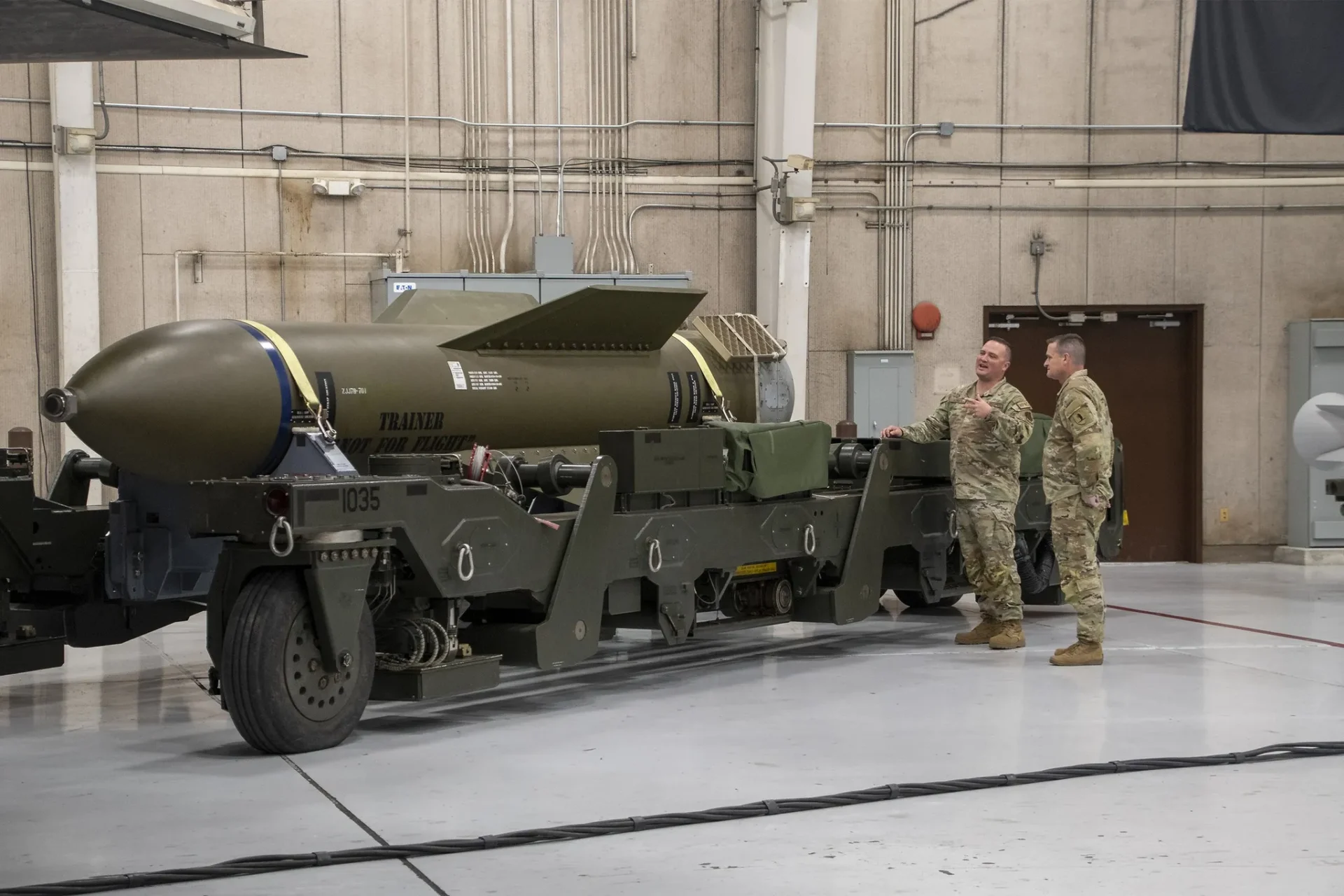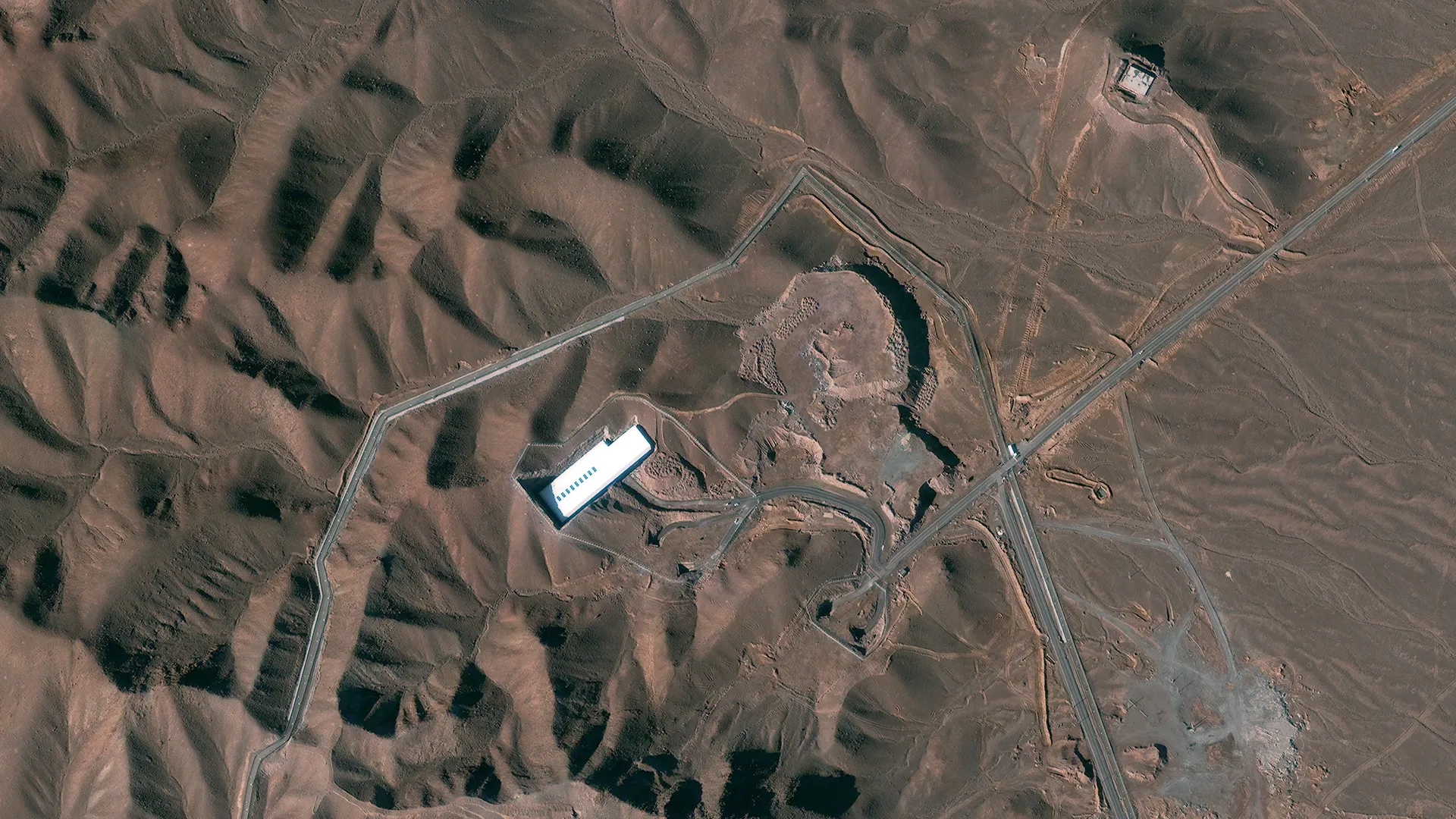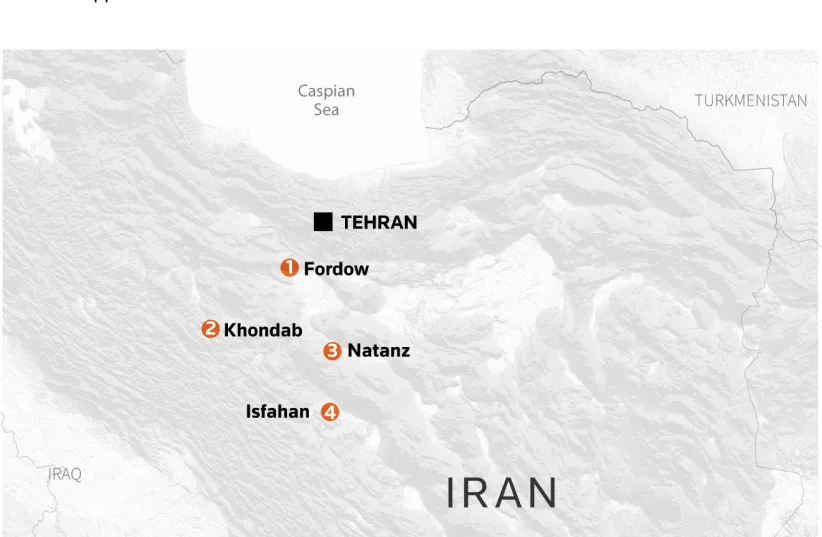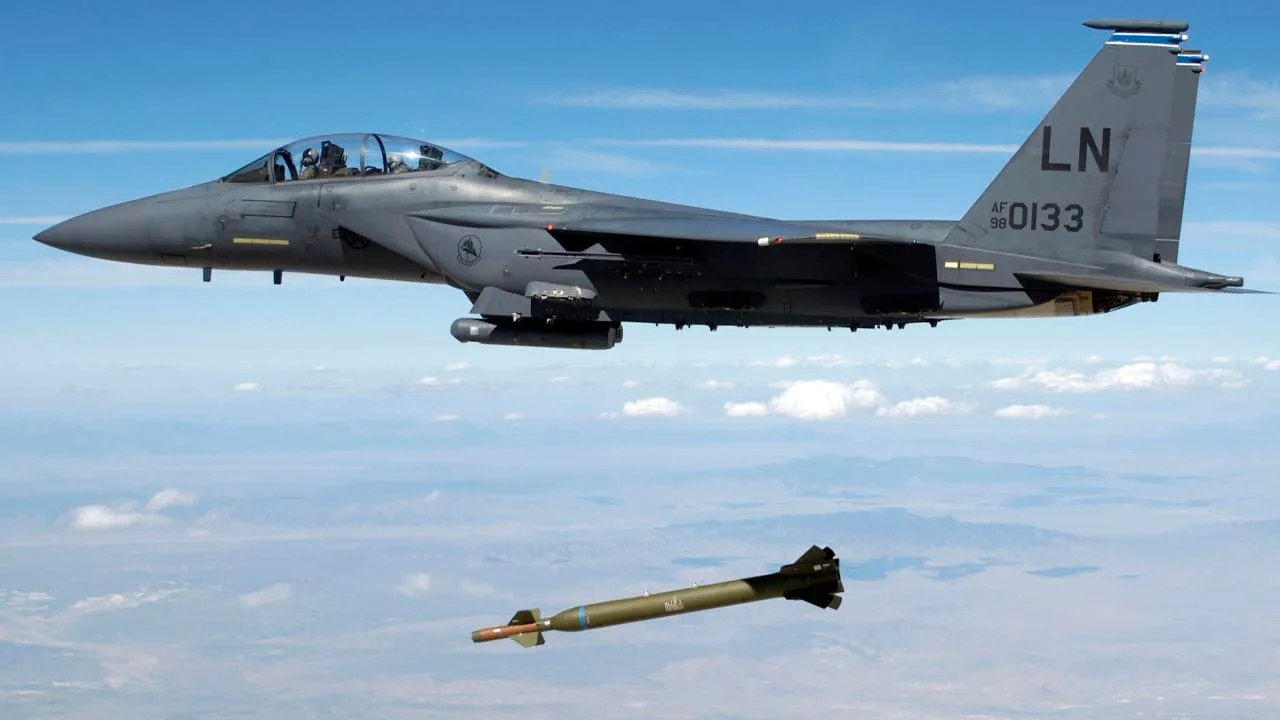Fordow Fortress: Why Even Israel’s Missiles Can’t Reach Iran’s Deepest Nuclear Bunker
Estimated to be buried deeper than the Channel Tunnel connecting Britain and France, Fordow has repeatedly thwarted Israeli efforts to neutralise it, standing as the single most protected element of Iran’s nuclear infrastructure.
(DEFENCE SECURITY ASIA) — Buried beneath the rugged mountain terrain south of Tehran lies one of the most impenetrable facilities in Iran’s nuclear network—Fordow Fuel Enrichment Plant, a site so deeply entrenched it has become the epicentre of a growing strategic dilemma for Israel and the West.
Despite dominating Iran’s airspace during recent escalations, Israel’s precision strike capability has proven ineffective against Fordow, which remains untouched, operational, and strategically shielded by sheer geological depth.
Estimated to be buried deeper than the Channel Tunnel connecting Britain and France, Fordow has repeatedly thwarted Israeli efforts to neutralise it, standing as the single most protected element of Iran’s nuclear infrastructure.
While Israeli munitions have reportedly landed in the vicinity, the International Atomic Energy Agency (IAEA) and Western intelligence assessments confirm the facility remains fully functional and continues to operate centrifuges critical to uranium enrichment.
Located 30 kilometres northeast of Qom, Fordow was originally built as a fortified military site for the Islamic Revolutionary Guard Corps (IRGC) before being repurposed and disclosed to the IAEA in 2009—only after Western intelligence uncovered its existence.
In 2023, during a surprise inspection, IAEA inspectors discovered uranium particles enriched to levels near the 90 percent U-235 weapons-grade threshold, setting off global alarm bells and raising serious concerns over the site’s true intentions.
To date, Fordow remains the only confirmed site in Iran where uranium has been enriched to near-weapons-grade purity, elevating its importance in both military and diplomatic theatres.

Inside its two main tunnels and extensive network of auxiliary shafts, Fordow houses centrifuge cascades designed to enrich uranium—part of a highly secured architecture engineered to survive both precision strikes and saturation bombing.
Tehran insists the facility supports peaceful nuclear energy ambitions, but Israeli leaders view it as a ticking nuclear time bomb, arguing that Fordow must be rendered inoperable before Iran’s enrichment crosses a critical red line.
Enriching uranium from its natural state of 0.7 percent U-235 to 90 percent transforms it from fuel to fissile material, making facilities like Fordow a potential launchpad for nuclear weapons production.
While Fordow’s capacity is limited to 2,976 centrifuges, it remains strategically vital due to its depth, survivability, and symbolic status—particularly in contrast to Iran’s primary site at Natanz, which supports over 50,000 centrifuges but lies much closer to the surface.
Despite sustained Israeli strikes on Natanz, IAEA Director General Rafael Grossi noted, “No damage has been seen at the site of the Fordow Fuel Enrichment Plant or at the Khondab heavy water reactor, which is under construction.”
The survival of Fordow underscores a harsh military reality: depth equals deterrence, and Israel’s current arsenal lacks the tools required to change that equation.
At the core of Israel’s deep-strike capability is the GBU-28 Hard Target Penetrator, a 5,000-pound (2,268 kg) U.S.-supplied bunker buster developed during the Gulf War to defeat fortified Iraqi bunkers.

Equipped with a 630-pound (286 kg) high-explosive warhead and a hardened steel casing, the GBU-28 can penetrate 6 metres of reinforced concrete or 30 metres of earth, depending on target conditions.
The bomb is typically deployed by the F-15I “Ra’am”, Israel’s long-range multirole strike aircraft derived from the F-15E Strike Eagle, optimized for deep-penetration missions and heavy payload delivery across hostile airspace.
Together, the F-15I and GBU-28 form the backbone of Israel’s conventional long-range strike doctrine, capable of threatening most hardened regional targets with lethal precision.
But when it comes to Fordow—buried an estimated 80 to 90 metres underground—Israel’s GBU-28 is simply not enough.
Defence analysts agree that even under optimal strike conditions, the GBU-28 would fail to reach the centrifuge chambers, effectively making Israel’s heaviest bomb tactically irrelevant against Fordow.
To overcome such defences, Israel would require access to the GBU-57A/B Massive Ordnance Penetrator (MOP), a 13,600 kg (30,000 lb) bomb designed by the United States to neutralise hardened and deeply buried targets.
Capable of penetrating 18 metres of reinforced concrete or 61 metres of earth, the MOP is the only conventional bomb with even a theoretical chance of compromising Fordow’s subterranean infrastructure.

However, the MOP can only be deployed from the B-2A Spirit stealth bomber, a strategic platform that Israel does not possess and that Washington has never offered for foreign sale.
According to Janes Defence, even a single MOP strike might be insufficient due to Fordow’s depth and layered protection, likely requiring multiple successive hits to ensure critical damage—further complicating any preemptive strike scenario.
The inability to strike Fordow unilaterally has prompted Israeli defence circles to advocate for closer operational coordination with the U.S., including discussions on joint planning should Iran cross an agreed nuclear red line.
Thus far, Washington has declined to transfer the MOP or allow Israeli access to its deployment platforms, citing strategic escalation risks and preserving its exclusive strike capabilities.
As Iran continues to harden its nuclear assets and deepen their entrenchment, Fordow has become more than a facility—it is now a symbol of strategic sanctuary, an underground redoubt shielding Iran’s nuclear ambitions from conventional reach.
In contrast to Natanz, which has suffered cyberattacks, sabotage, and direct strikes, Fordow remains unscathed, reinforcing its status as the most secure nuclear facility in the Islamic Republic.
The GBU-57, though untested in combat, has been validated through repeated trials at U.S. ranges such as White Sands and Tonopah, often using mockups simulating facilities like Fordow, Punggye-ri in North Korea, or concealed Chinese command centres.
U.S. investment in these weapons reflects a broader doctrinal shift toward preparing for subterranean warfare, where adversaries shield strategic capabilities under hundreds of metres of concrete, granite, and denial.
In this emerging battlefield of buried arsenals and mountain fortresses, even the most technologically advanced air forces must now rethink their strike doctrines, delivery methods, and alliances.
The GBU-28’s inadequacy against Fordow has exposed a critical capability gap in Israel’s arsenal and reignited debate on how to maintain credible deterrence without resorting to nuclear escalation.




Well this aged like fine milk… Fordow is not even on the map anymore, it looks like desert again, where someone shifted the sands. The mountain itself is hollowed out by 6 bunker busters.. All placed in the same place to be sure. The first opened and cracked the rock, the second penetrated it all the way down to the roof in the facility and destroyed lots of it. The the third and fourth went thru and made sure there was no floor left to find anything useful on, and widened the destruction area and revealed on the outside a branch of the cave, where nr five and six which were reserves had to go while they were there. So the Fordow “fortress” fell in less than 60 seconds. That is the ultimate firepower of Nato with conventional weapons. But a nuclear bomb would not do this job to penetrate into the midst of a mountain, even if it would have a far greater destruction area over ground depending on the detonations height over the ground. A thermonuclear bomb would probably do the job but also blow away civilian villages for a great area around.